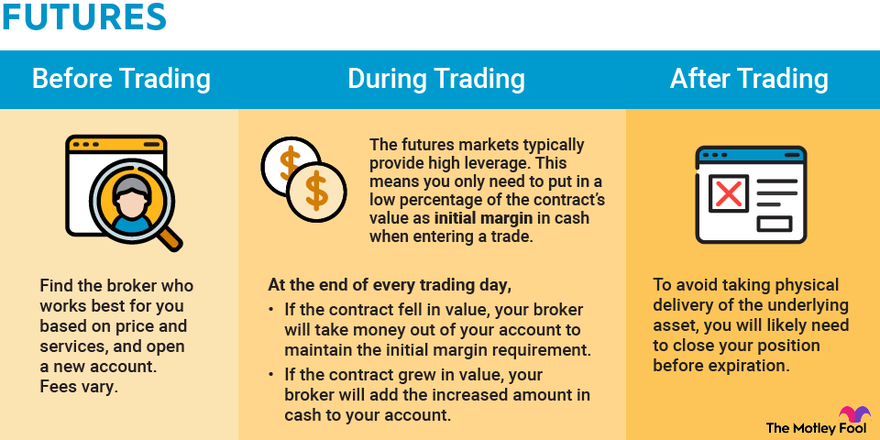A Beginner's Guide to Futures Trading Strategies
A Beginner's Guide to Futures Trading Strategies
Blog Article
Take-profit trading is an important technique for many traders striving to secure in gains while controlling risks effectively. However, also experienced traders usually produce futures trading discount that could influence their returns. By becoming aware of the popular issues, you are able to improve your strategies and produce take-profit trading work to your advantage. Here is a dysfunction of the very most repeated errors to be cautious about and steer clear of them.
1. Setting Unrealistic Income Objectives
A substantial error traders make is setting revenue objectives which can be excessively ambitious. As the aim of take-profit trading is to maximise increases, improbable objectives frequently end up in overlooked opportunities. For instance, in place of trying for a reunite that is unlikely within market conditions, traders should analyze famous cost actions, tendencies, and reasonable income margins.
To fix this, arrange your revenue objectives with industry volatility and historical opposition levels. Striving for achievable goals reduces disappointment and advances the likelihood of consistently sealing in profits.

2. Ignoring Market Styles
Trading against the market tendency is really a formula for failures, even if take-profit levels are involved. Some traders set firm revenue targets without sales for the entire direction of the market. That frequently contributes to rapid leaves or missed opportunities to capitalize on significant value movements.
Assure that the take-profit methods align with prevailing trends. Using methods like going averages or trendlines will help identify the broader industry path, ensuring you quit trades at optimal levels.
3. Failing woefully to Change for Market Situations
The areas are dynamic and continually changing. Sustaining a fixed take-profit technique, regardless of recent conditions, increases the risk of inefficiency. Several traders stay for their original options even if new information or changes in financial conditions suggest otherwise.
To address that, undertake a flexible approach. Monitor crucial factors like industry information, volatility, and macroeconomic indicators. Adjust take-profit degrees as new data emerges to make sure they stay relevant.
4. Overlooking Risk-Reward Ratios
A typical oversight is based on ignoring the risk-reward rate of trades. Some traders set limited take-profit degrees that do not seem sensible provided the amount at risk. For instance, endangering $100 to get $50 undermines powerful trading principles.
To prevent that mistake, shoot for a risk-reward percentage of at the very least 1:2. What this means is the potential gain should really be at the very least double the total amount you are ready to risk. Subsequent that concept increases the chances of long-term profitability.

5. Psychological Trading
One of the most detrimental mistakes in take-profit trading is letting thoughts shape decisions. Fear and greed usually lead to modifying take-profit levels impulsively, which reduces likelihood of sticking to a sound strategy.
Beat this by relying on strong examination and sticking with predefined rules. Applying automatic trading systems may also support get rid of the influence of emotions by executing trades based on predetermined criteria.
Preventing these popular mistakes needs discipline, continuous evaluation, and a readiness to adapt. By carefully controlling your take-profit techniques, you can boost your trading success and reduce pointless losses. Report this page